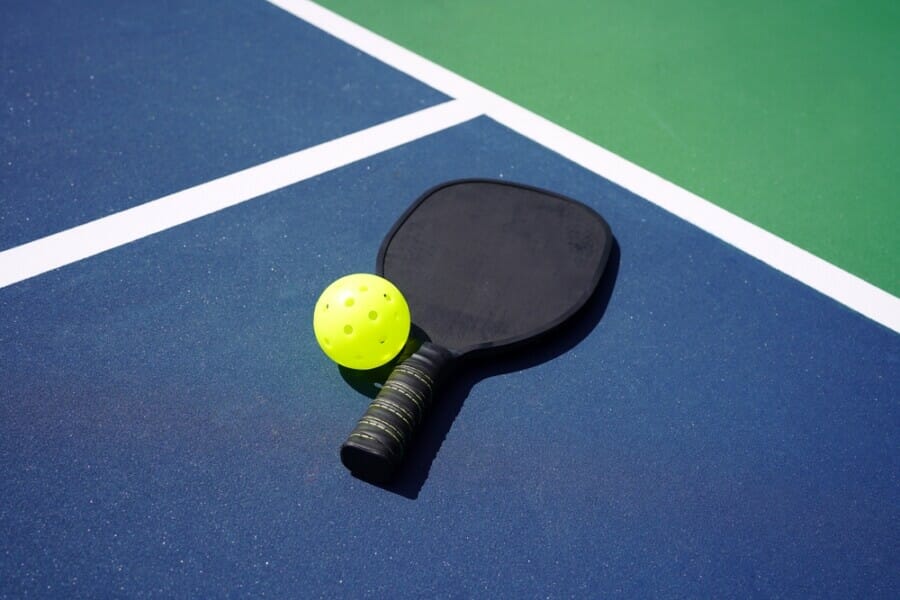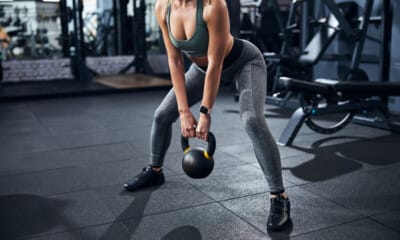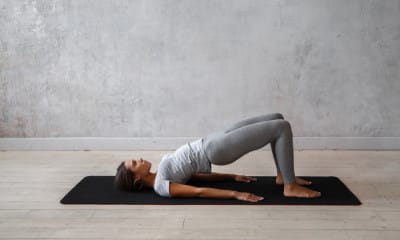Benefits of Engaging in Pickleball for Good Health
A large number of individuals in the United States are taking up pickleball and discovering its tremendous health advantages, all while enjoying themselves.
Pickleheads reports that there are more than 10,000 courts spread across the US, and as per a recent CNBC article, the number of Americans playing pickleball has risen to an astounding 36.5 million.
Playing pickleball brings about various health benefits such as enhancing mental well-being, cardiovascular fitness, calorie burning, and osteoporosis prevention, among others.
Key Health Benefits of Pickleball
Although there are numerous health benefits associated with pickleball, here are some of the notable ones.
1. Boosts Mood and Mental Health
Regular physical activity has consistently been linked to positive effects on mental health. Exercise aids in reducing stress and anxiety, as well as in preventing depression.
Moreover, playing pickleball triggers the release of endorphins, which are chemicals in the brain that uplift mood.
Additionally, pickleball is a social game that promotes bonding and healthy social interactions, further aiding in stress reduction and mood enhancement.
2. Enhances Cardiovascular Fitness
Pickleball is an aerobic sport. As players move around the court, their heart rate increases, thereby strengthening the heart muscle.
Furthermore, pickleball involves intervals of high-intensity movement followed by short periods of rest, which is akin to High-Intensity Interval Training (HIIT), leading to even greater aerobic benefits.
3. Aids in Weight Management and Calorie Expenditure
One of the favored benefits of playing pickleball is its ability to burn calories while providing enjoyment.
An hour of pickleball can burn anywhere from 500 to 900 calories, depending on factors such as weight, gender, and level of intensity during play.
4. Improves Flexibility and Balance
Pickleball is a fast-paced sport that necessitates coordinated footwork and rapid changes in direction.
Players engage their core for balance maintenance and execute movements such as reaching for shots, backpedaling, and lateral movements.
These actions work various muscle groups, promoting flexibility and stretching throughout the body during a typical pickleball match.
5. Assists in Osteoporosis Prevention
Pickleball is highly popular among players aged 60 and above as it provides a low-impact workout suitable for individuals of all ages and fitness levels.
An especially valued benefit for older players is that pickleball contributes to maintaining bone density and averting osteoporosis.
Alongside medications and other therapeutic interventions, pickleball can be integrated into the treatment plan for individuals already dealing with osteoporosis.
Understanding the Dynamics of Pickleball
A pickleball court mirrors the size of a doubles badminton court, measuring 44 feet long by 20 feet wide. The height of a pickleball net is 36 inches at the sidelines and 34 inches at the center.
Similar to other paddle sports, pickleball initiates with a serve, which in this case must be underhand. Following the serve, players volley the ball back and forth over the net until a team fails to return the ball or receives a fault.
A distinctive feature of pickleball is the Non-Volley Zone (also known as “The Kitchen”), an area extending 7 feet from the net on both sides where players are prohibited from volleying.
Typically, a game of pickleball is played to 11 points, with a player or team needing to secure a victory margin of two points.
Role of Athleticism in Pickleball
While athleticism does play a role in pickleball, it is not as crucial as in some other sports. Athleticism aids in swift movement, powerful ball striking, and endurance retention, all of which provide advantages.
However, finesse, technique, and strategy are paramount in pickleball. The game relies on quick reflexes and strong hand-eye coordination.
Precision and accuracy in shot placement outweigh sheer power in shots. A player with refined shot technique and a sound grasp of the game’s strategy will typically outperform a more athletic player.
Comparison of Tennis and Pickleball Gameplay
While pickleball and tennis share similarities, there are significant distinctions between the two sports. Here are a few of them:
Similarities Between Pickleball and Tennis:
- Both are played on a court divided by a net
- Both involve striking a ball over the net with a paddle or racket
- In both games, teams or players alternate serving and hitting the ball back and forth until a team loses the rally
- Winning by two points is required in both tennis and pickleball
Differences Between Pickleball and Tennis:
- The net height in pickleball is slightly lower than in tennis
- Pickleball courts are smaller in size
- A pickleball is larger and softer than a tennis ball, made of perforated plastic
- Pickleball employs wooden or composite paddles instead of rackets
- Pickleball designates a “Non-Volley Zone” close to the net where players are restricted from volleying
In Conclusion: Health Benefits of Pickleball
The health gains from engaging in pickleball are substantial and go beyond mere calorie expenditure—although pickleball is excellent for that purpose too!
The significant health rewards of pickleball stem from its low-impact nature, enjoyable gameplay, and social aspect. These elements make it an exercise regimen that people find easy to adhere to, and once integrated into a pickleball community, individuals are likely to continue playing regularly.
How has pickleball influenced your health and general well-being? Do you view it primarily as a workout or simply a fun recreational activity? What advantages have you experienced from participating in this sport? Share your thoughts with us.
















